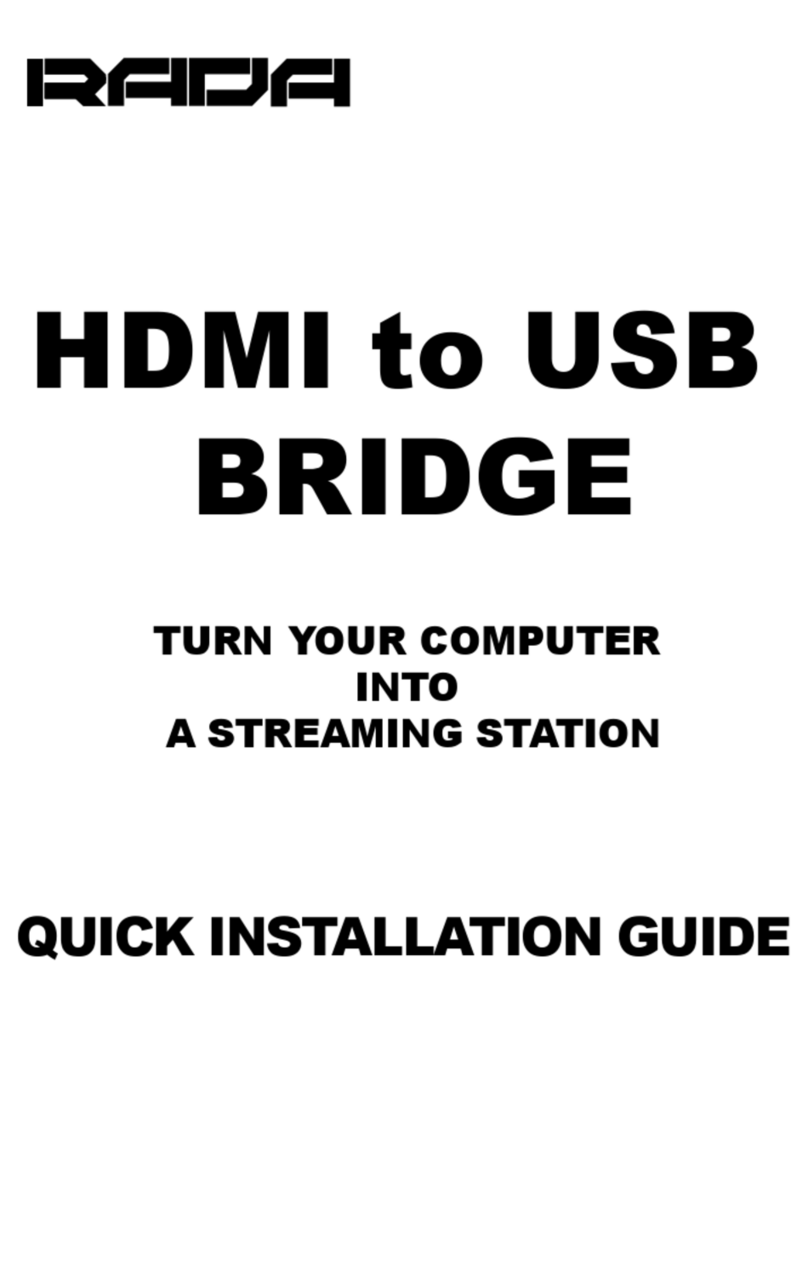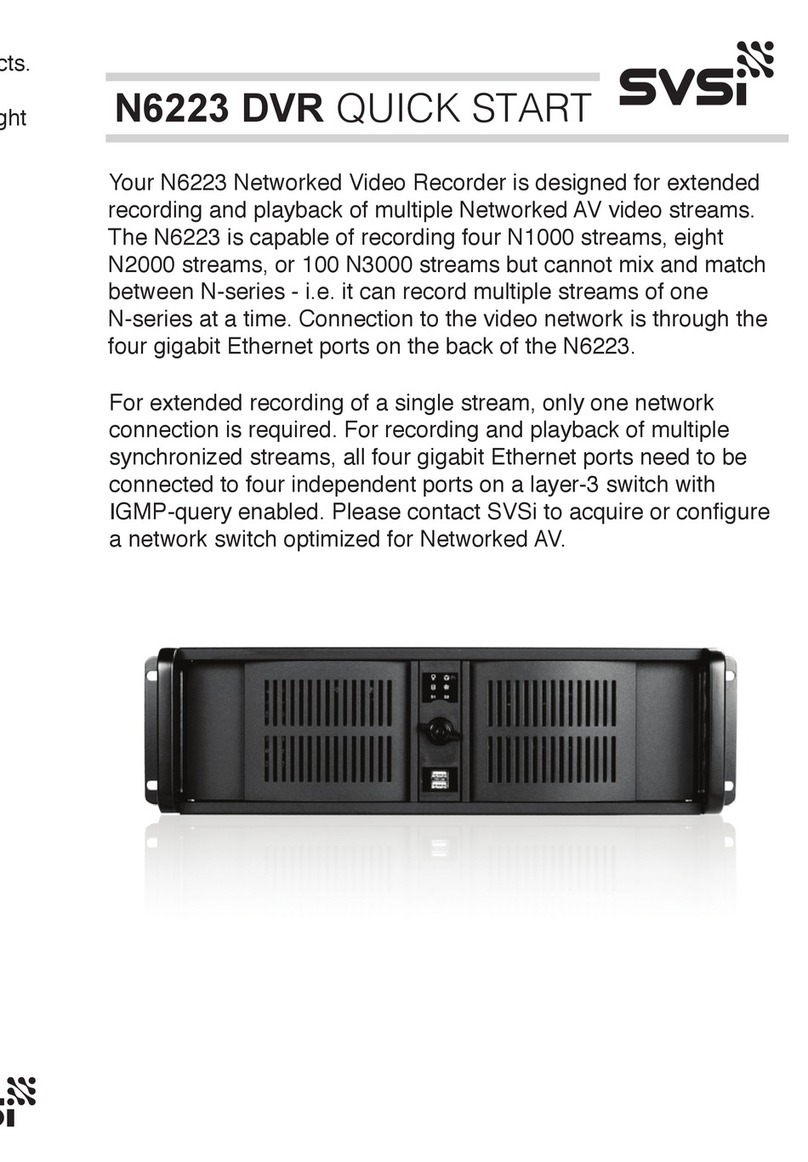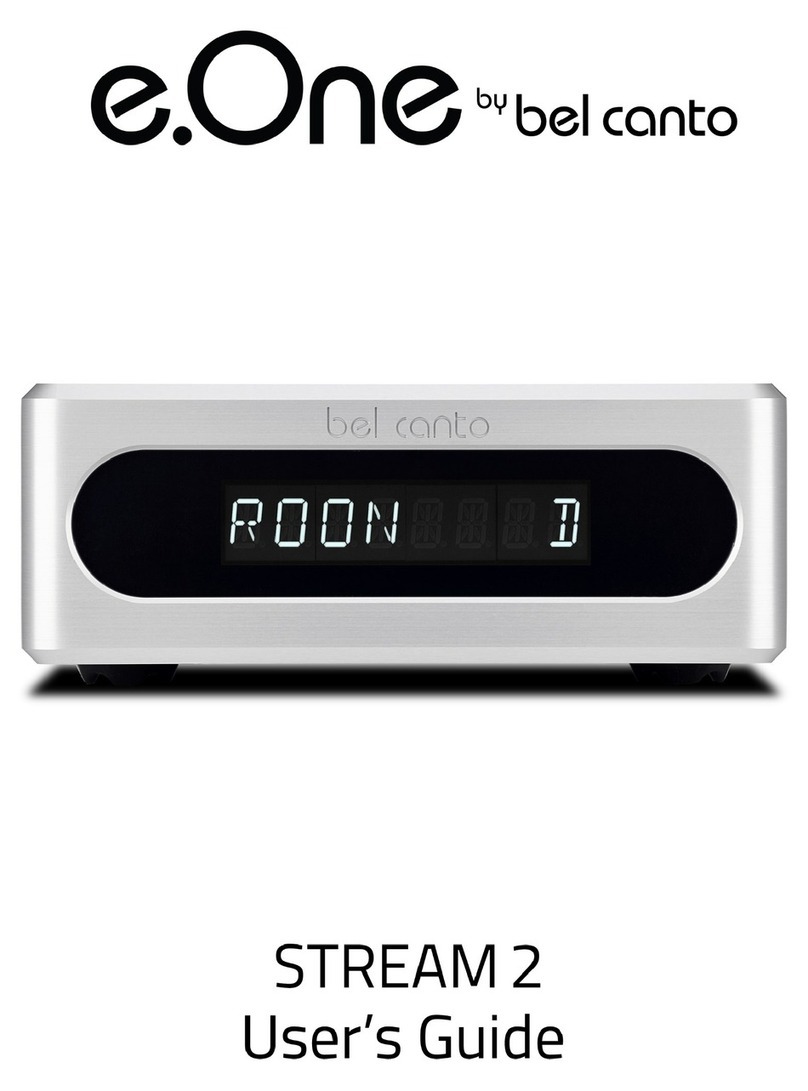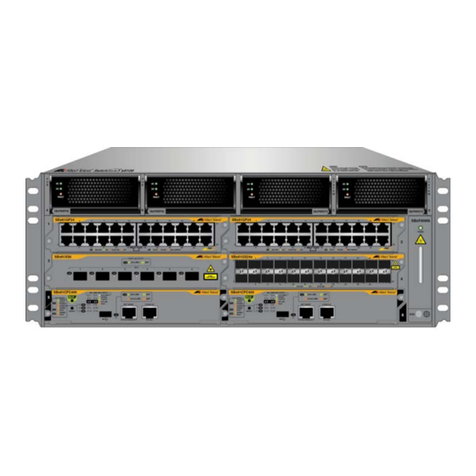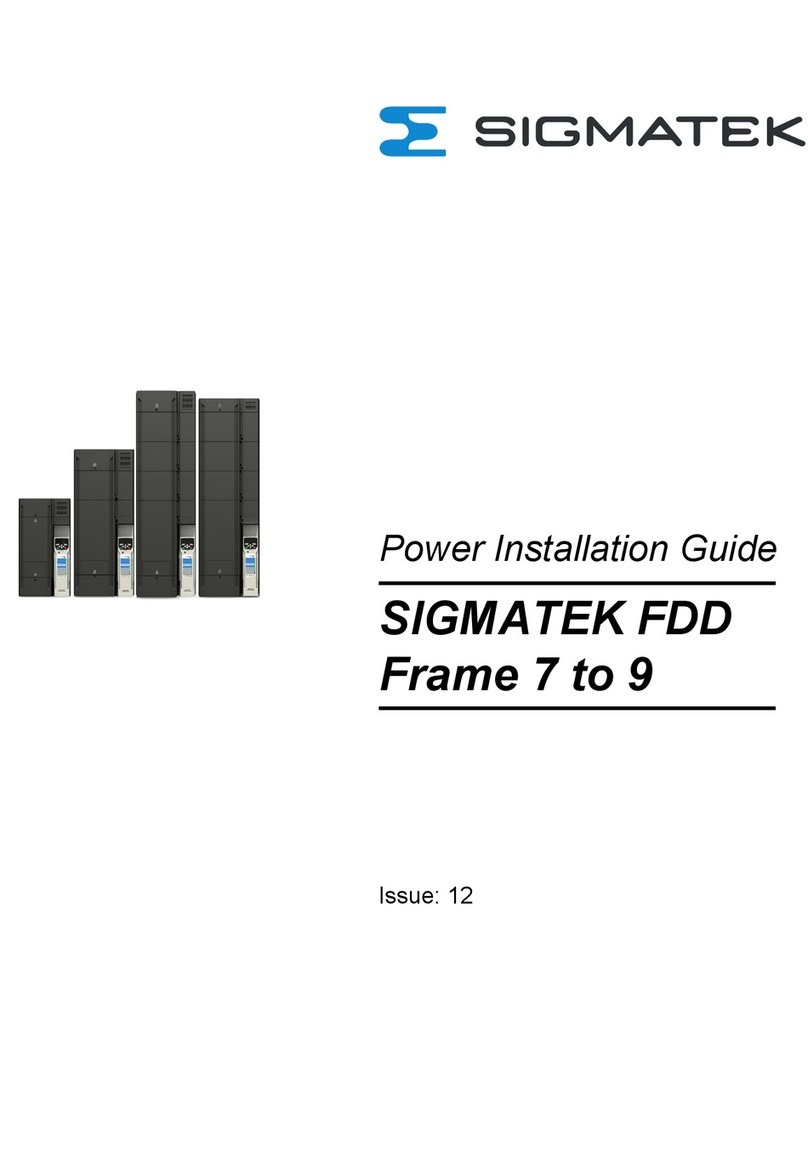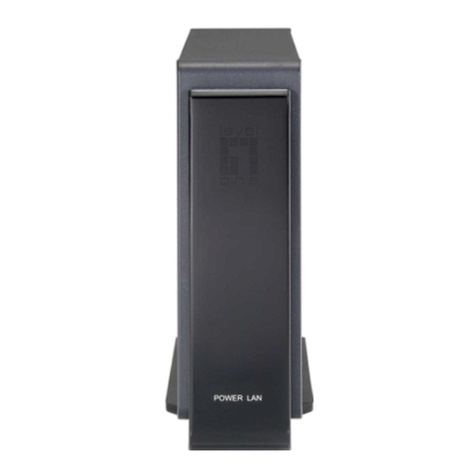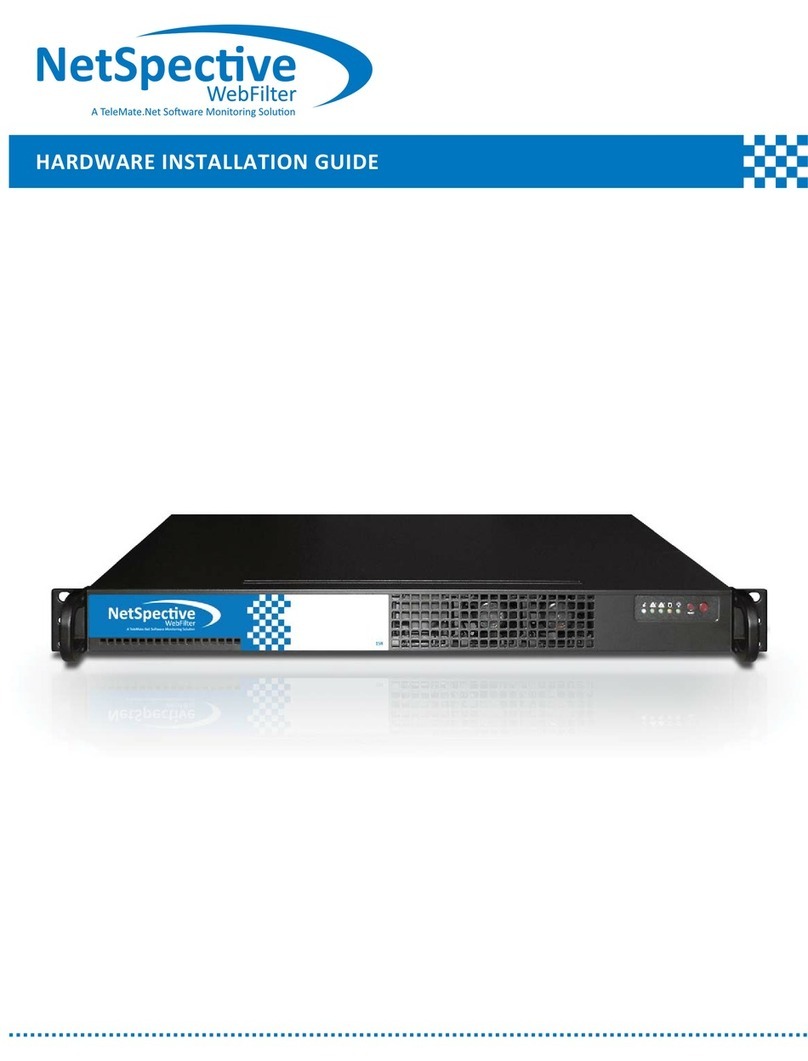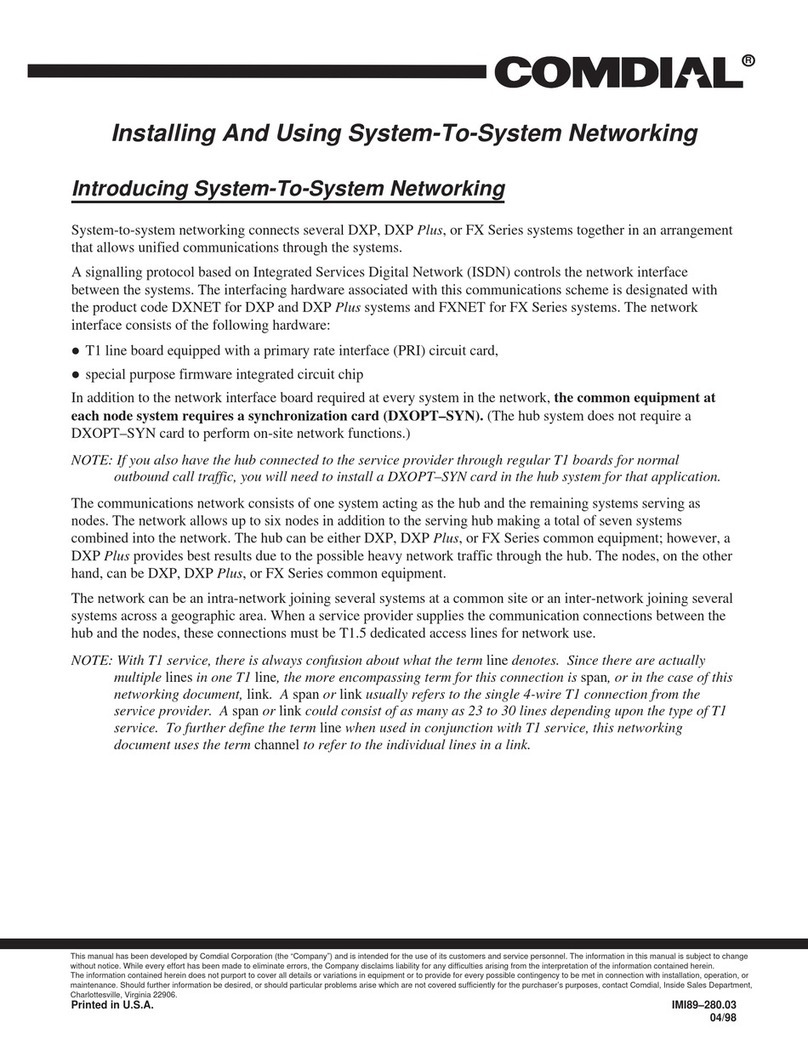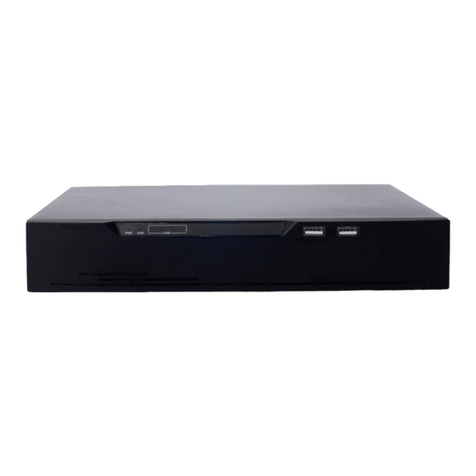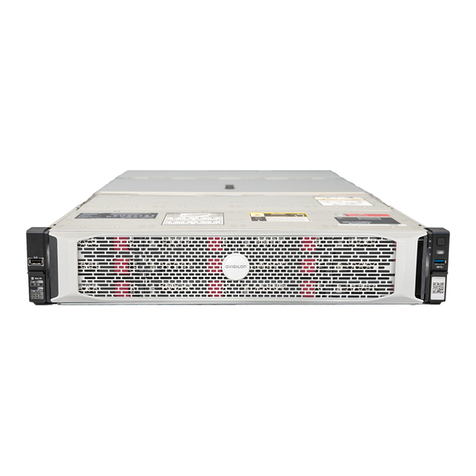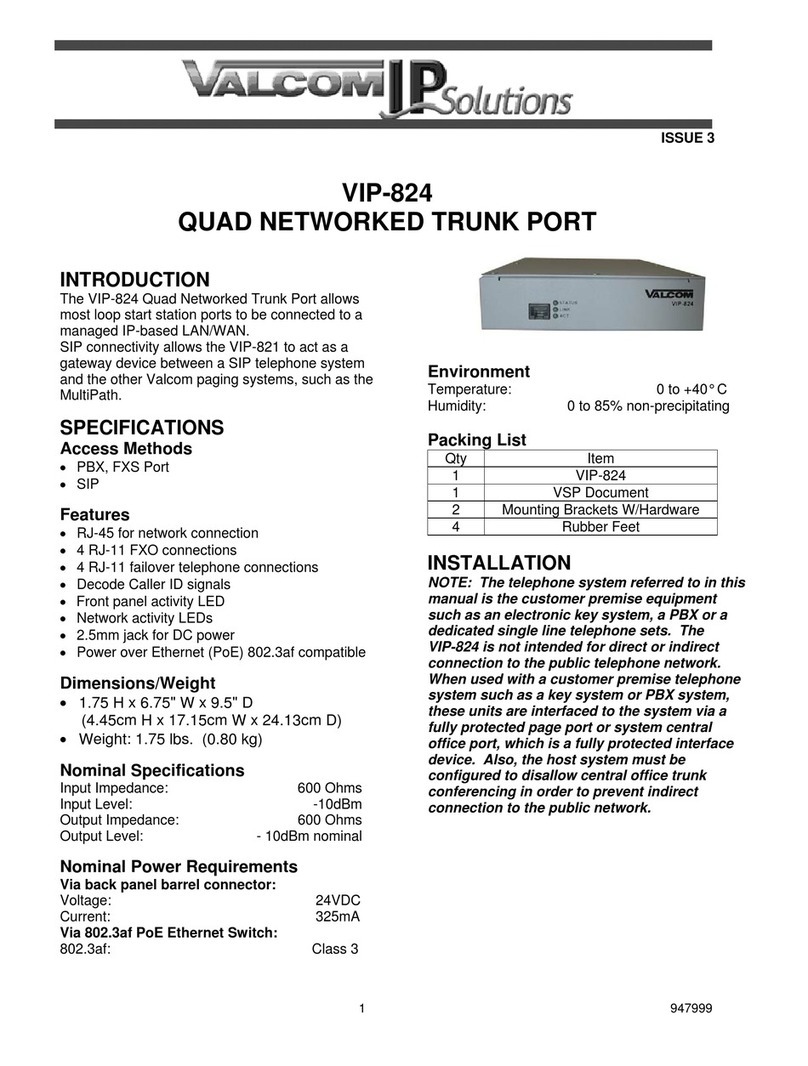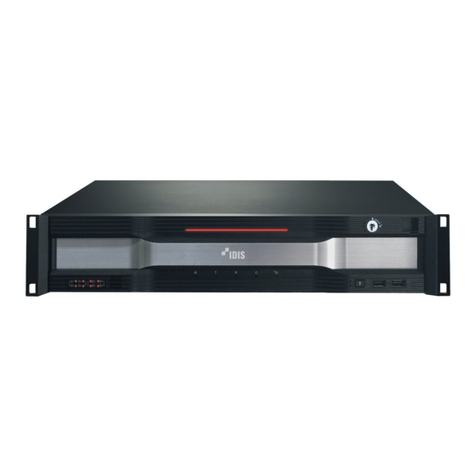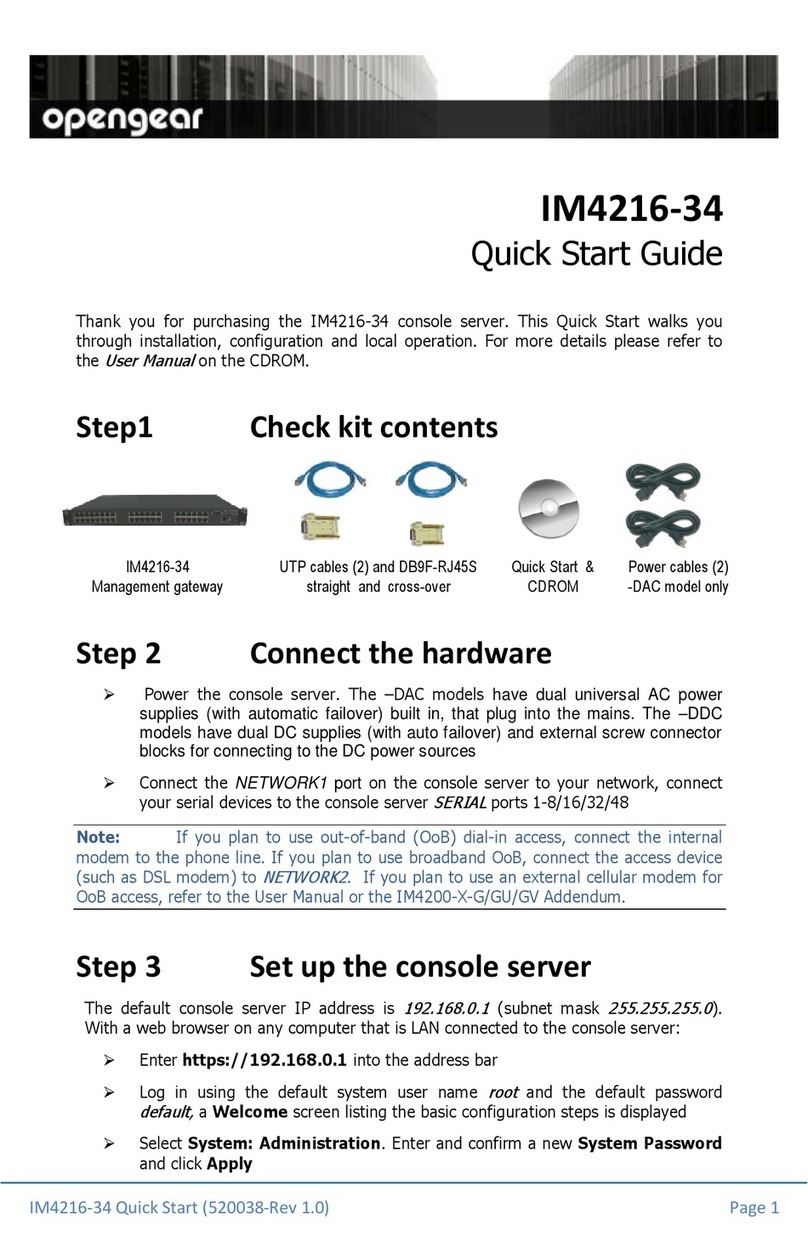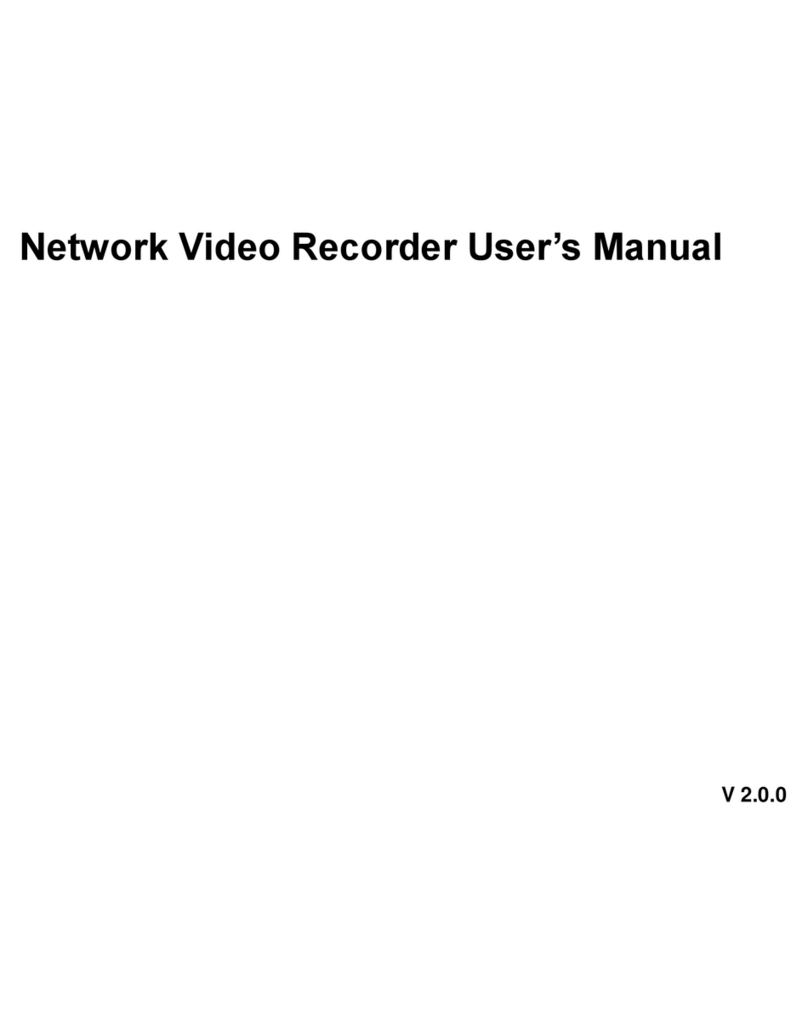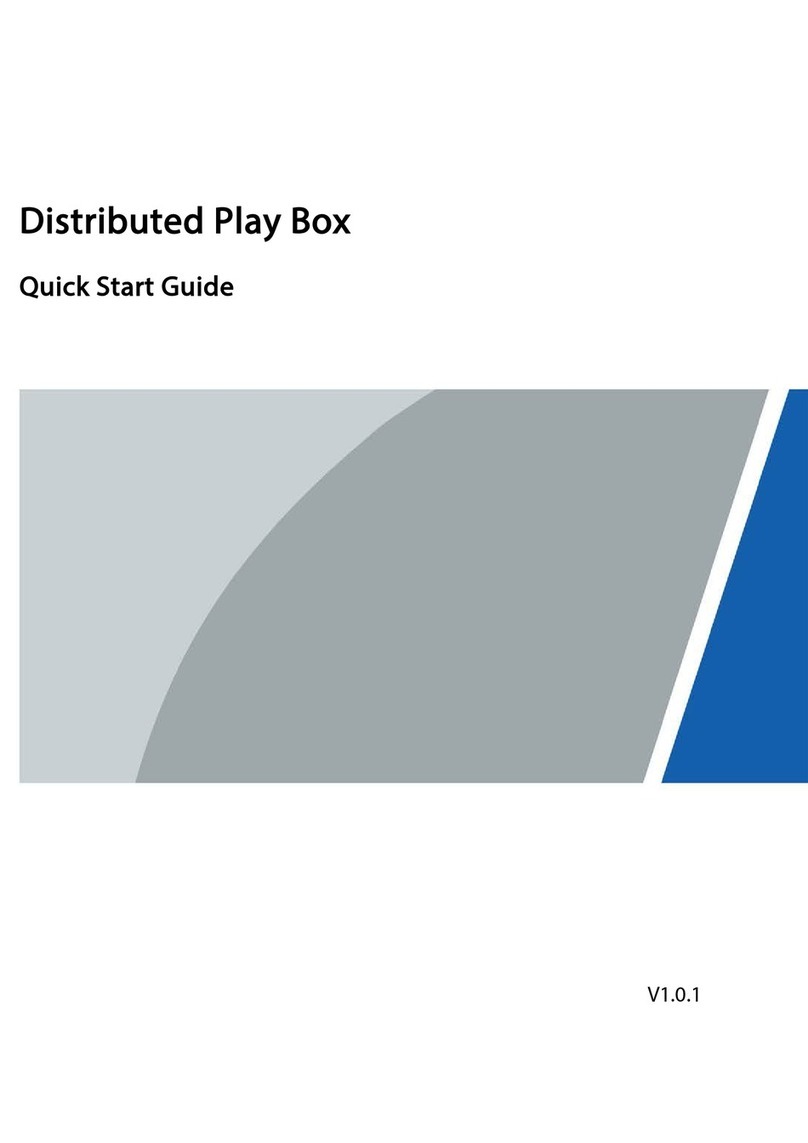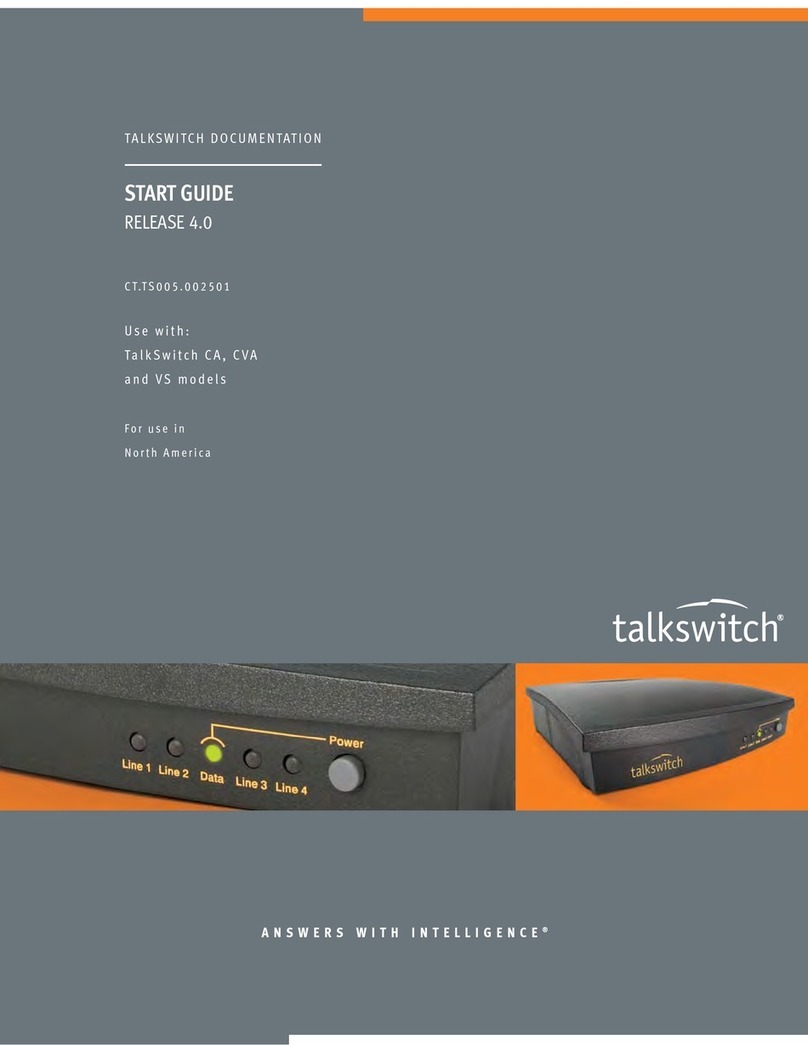Telenetics 3512 User manual

Telenetics
3512 DSU/CSU Quick Start
TR
/NCST

Notice
©2001 Telenetics Corporation
25111 Arctic Ocean
Lake Forest, California 92630
(949) 455-4000
All rights reserved
Printed in U.S.A.
Restricted Rights Notification for U.S. Government Users
The software (including firmware) addressed in this manual is provided to the U.S.
Government under agreement which grants the government the minimum “restricted rights”
in the software, as defined in the Federal Acquisition Regulation (FAR) or the Defense
Federal Acquisition Regulation Supplement (DFARS), whichever is applicable.
If the software is procured for use by the Department of Defense, the following legend
applies:
Restricted Rights Legend
Use, duplication, or disclosure by the Government
is subject to restrictions as set forth in
subparagraph (c)(1)(ii) of the
Rights in Technical Data and Computer Software
clause at DFARS 252.227-7013.
If the software is procured for use by any U.S. Government entity other than the Department
of Defense, the following notice applies:
Notice
Notwithstanding any other lease or license agreement that may pertain to,
or accompany the delivery of, this computer software, the rights of the
Government regarding its use, reproduction, and disclosure as set forth in
FAR 52.227-19(C).
Unpublished - rights reserved under the copyright laws of the United States.

Notice (continued)
Proprietary Material
Information and software in this document are proprietary to Codex Corporation (or its
Suppliers) and without the express prior permission of an officer of Codex Corporation, may
not be copied, reproduced, disclosed to others, published, or used, in whole or in part, for any
purpose other than that for which it is being made available. Use of software described in this
document is subject to the terms and conditions of the Codex Software License Agreement.
This document is for information purposes only and is subject to change without notice.
Radio Frequency Interference Regulations
The equipment described in this document has been tested and found to comply with the
limits for a Class A digital device, pursuant to Part 15 of the FCC Rules. These limits are
designed to provide reasonable protection against interference when equipment is operated in
a commercial environment. This equipment generates, uses, and can radiate radio frequency
energy and, if not installed and used in accordance with the instruction manual, may cause
interference to radio communications.
Changes or modifications not expressly approved by Telenetics could void the user's author-
ity to operate the equipment.
This digital apparatus does not exceed the Class A limits for radio noise emissions from
digital apparatus set out in the radio interference regulations of the Canadian Department of
Communications.
Operation of this equipment in a residential area is likely to cause interference, in which case
the user will be required to take adequate measures to correct the interference at his/her own
expense.
This product was verified under test conditions that included use of shielded DTE cables.
Use of different cables will invalidate verification and increase the risk of causing
interference to radio and TV reception.
You can obtain the proper cables from Telenetics.
PartNo. TEL–T09831-01, RevC
Publication Code DS
First Printing August 1994
Manual is current for Release 3.0 of the 3512 DSU/CSU.


Contents
v
Chapter 1, Installation
Unpacking the 3512 ...................................................................................... 1-2
FCC and Telephone Company Equipment, Procedures, and Requirements 1-3
Installing the Standalone 3512 ..................................................................... 1-4
Chapter 2, Verifying Line Quality
Verifying Line Quality .................................................................................. 2-2
Chapter 3, Configuring Applications
3512 System Application Examples ............................................................. 3-2
Configuration Method .............................................................................. 3-2
Primary Applications ............................................................................... 3-3
Single-Channel Point-to-Point Circuit (No Network Management) ... 3-3
Point-to-Point and Multipoint Circuits
(Bitstealing for Network Management) ........................................... 3-4
Point-to-Point and Multipoint Circuits
(Multiplexing for Network Management) ....................................... 3-5
Multiple-Channel Multipoint Circuit with MP-Mux ........................... 3-6
Point-to-Point Circuit With Data Compression Between Routers ....... 3-7
Alternate (Restoral) Applications ............................................................ 3-8
Integral Single-Line Restoral (SLR) Circuit ........................................ 3-8
External Restoral Circuit Through 326XFA S T Modems .................... 3-9
Mixed Integral/External Restoral Circuit With Switched
Digital Data Service ........................................................................ 3-10

vi
Contents (continued)

vii
Overview
This guide enables you to install, test, configure, and start up your 3512 DSU/CSU
with a minimum of documentation and detail. It presents examples of commonly-
used 3512 applications and the parameter options they require. To set up other
applications, refer to the 3512 DSU/CSU User’s Manual.
Get the 3512 or 3512 SDC up and running as follows.
1) Physically install it (Chapter 1 of this guide):
— Unpack and inspect the unit
— Connect cables
— Run the unit’s self-test
2) Verify the line quality (Chapter 2 of this guide):
— Perform loopback tests
— Interpret the results
3) Configure for a specific application (Chapter 3 of this guide):
— Normal operation
— Network-managed operation
— External restoral operation
4) Bring the unit online and begin operation.
Special Notices
These notices emphasize certain information in the manual. Each serves a special
purpose and is displayed in the format shown:
IMPORTANT: This is used to emphasize any significant procedural information.
Caution
This provides you with information that, if not followed, can
result in damage to software, hardware, or data.
Warning
This is the most serious notice, indicating that you can be
physically hurt.
Trademarks
DualVIEW is a trademark of Motorola Codex.
NetView is a trademark, and IBM is a registered trademark of International Business
Machines Corporation.

viii
About This Manual (continued)

Telenetics Information Systems Group Customer Information
ix
U.S. customers who have questions about Telenetics products or services should
refer to the following list. Non-U.S. customers should contact their local Telenetics
subsidiary office or distributor.
Questions aboutYour Product Shipment
If you have questions about whether your shipment is complete or about its condition
upon receipt, please call Telenetics at (949) 455-4000.
For Technical Assistance or to Schedule Service
1) To have Telenetics implement your equipment, you may purchase and schedule
Implementation Services by calling (949) 455-4000 (from within the U.S.). The
average lead time for implementation services is 5 business days from time of
call. Please Note: Implementation services are not conducted over the phone.
Instead, if necessary, Telenetics will dispatch a Customer Service Engineer to
assist you, and work will be billed at the current listed rates.
When you call for assistance, please have the following information ready:
2) If you choose to implement the equipment yourself, carefully follow the
instructions in these sections of this documentation set:
• For regular installation and configuration, use this guide.
• For detailed installation information, refer to Chapter 2 of the
3512 DSU/CSU User’s Manual.
• For information on using the front panel, refer to Chapter 3 of the
3512 DSU/CSU User’s Manual.
Information Item Value or Location
Model number 3512 or 3512 SDC
Serial number Front of unit
Error message/
Problem Description
LCD display/Power failure, electrical storm, equipment
relocation
Software revision Front of unit
Parameter Settings Up-to-date Configuration Worksheet
Site ID Assigned to the customer site by Telenetics at first service call.
Customer should store the ID, once assigned.
Application type Async or sync communications; number of tail circuits
DDS Setup DDS-I or DDS-II SC
Connected hardware Type of DTE(s) attached

x
Motorola Information Systems GroupCustomer Information
(continued)
3) For a priority response:
4) For information on purchasing a service contract, please call (949) 455-4000.
If You Have a Sales-Related Issue
Please call Telenetics at (949) 455-4000.
For Information on Product Training
For information on classroom training, customized on-site training, or to order
self-study training materials, call Telenetics at (949) 455-4000.
Questions about Billing
If you have a question regarding billing, call (949) 455-4000.
Comments about the Manual
To help us improve our product documentation, please complete and return, by mail
or fax to (949) 455-4010, the prepaid comment card on the next page. If you prefer,
simply provide your name, company, and telephone number and someone in the
documentation group will contact you to discuss any comments you might have.
To Order Additional Telenetics User Documentation
If you would like to order additional copies of Telenetics user documentation, call
(949) 455-4000.
If: And the Unit: Then: You will need:
Unit is under warranty
and/or you have a
service contract
Is not performing to
specifications or you are
having other problems
with it
Call
(949) 455-4000
for assistance
Model number
and serial number

Installation 1-1
Chapter 1
Chapter 1
Installation
Contents
Unpacking the 3512 ...................................................................................... 1-2
FCC and Telephone Company Equipment, Procedures, and Requirements 1-3
Installing the Standalone 3512 ..................................................................... 1-4

1-2 Installation
Unpacking the 3512
Every ordered standalone 3512 DSU/CSU includes the following components:
• 1-, 2- or 4-port 3512 unit, or 3-port 3512 SDC unit
• Data cable with ferrite bead or cylinder
• Power cord with wall-mount transformer
•3512 DSU/CSU Reference Card or 3512 DSU/CSU SDC Reference Card
•3512 DSU/CSU Quick Start
•3512 DSU/CSU User’s Manual
Optionally, your order may include:
• Single-line restoral adaptor cable
• Mini-Nest conversion back panel
If the equipment is damaged, contact the shipper. If you have further concerns about
damage or missing parts, contact Telenetics:
The 3512 is wrapped in reusable shock-absorbent packing material. Save the carton
and packing material in case you later want to ship or store it.
Caution
All 35XX devices, such as 3500s, 3512s, and 3520s, should be
used in environments designed for computers and electronic
equipment. In areas susceptible to lightning, take
precautions to prevent damage to electronic equipment.
Contact your telco, or an electronics accessories vendor, for
information on lightning protection equipment. Customers
experiencing problems due to surges from lightning have
eliminated such problems by installing surge suppressors
on power and data lines connected to 35XX devices.
In the United States: Outside the United States:
Telenetics Corporation
25111 Arctic Ocean
Lake Forest, California 92630
(949) 455-4000
The nearest Telenetics distributor. Refer to the list of
Telenetics Sales and Service offices in the back of
the 3512 DSU/CSU User’s Manual.

Installation 1-3
FCC and Telephone Company Equipment, Procedures, and
Requirements
In the USA and Canada, you must follow FCC and DOC regulatory requirements
and telephone company procedures when connecting your DSU/CSU to telephone
company-provided digital services.
For information on... Refer to...
FCC and telephone company registration
numbers, codes, procedures and requirements
The 3512 DSU/CSU User’s Manual,
Chapter 2
Telephone line cables The 3512 DSU/CSU User’s Manual,
Appendix A

1-4 Installation
Installing the Standalone 3512
This section provides step-by step installation instructions.You must connect the
3512 to other equipment in the order shown in Figure 1-1, which shows all types of
connections. NOTE: Figure 1-1 does not represent an actual configuration.
For information on ordering the cables shown here, refer to the 3512 DSU/CSU
User’s Manual, Appendix A.
Figure 1-1. 3512 Cabling Overview, Four-Port 3512
2
Cable
DTE Cable
Power Cord*
Restoral Line
Jack
External-Restoral
To Net work
Management
System
8-Pin DIN to DB25
Primary Line
Jack
Integral-Restoral
Primary Line Cable*
DTE
*Supplied with 3512 DSU/CSU
3512 DSU/CSU
3260 FAST Modem
5
24
1
3
Cable

Installation 1-5
Perform the following steps:
1) Connect the primary-line cable to the rear panel DDS jack and to the primary
line jack.
2) For integral restoral, connect the restoral cable to the rear panel ALT jack and
to the restoral line jack, OR
For external restoral, connect an A/B switch crossover cable to Port 2 and to
an external restoral device.
Caution
Install cables with the ferrite end adjacent to the 3512 or 3512
SDC. The ferrite bead or cylinder ensures that your unit oper-
ates in compliance with FCC RFI requirements.
3) IMPORTANT: Use the permanently attached cable connector mounting
screws to secure cables to Port 1.
On a 1-port 3512, connect a DTE cable to a DTE or host computer and to Port 1.
On a 2-port 3512, connect:
• A DB25-pin DTE cable to a DTE or host computer and to Port 1.
• A DB26-pin DTE cable from Port 2 to a DTE.You may need an adapter
cable. NOTE: When using an adapter cable, screw the EIA 232-C/D
cable connector onto the adapter cable before connecting to the 3512.
On a 3-port 3512 SDC, connect:
• A DB25-pin DTE cable to a DTE or host computer and to Port 1.
• DB26-pin DTE cable(s) from Ports 2 and 3 to a DTE(s). You may need an
adapter cable. NOTE: When using an adapter cable, screw the EIA 232-
C/D cable connector onto the adapter cable before connecting to the 3512.
On a 4-port 3512, connect:
• A DB25-pin DTE cable to a DTE or host computer and to Port 1.
• A DB26-pin DTE cable(s) from Ports 2, 3, and 4 to a DTE(s).You may
need an adapter cable. NOTE: If you are using a Motorola Codex adapter
cable, screw the standard EIA 232-C/D cable connector onto the adapter
cable before connecting to the 3512.
IMPORTANT: 3512 ports support data rates up to 56.0 kbps (64 kbps with
the 64k CC feature). At data rates greater than 19.2 kbps, Telenetics
recommends that you configure the unit for the V.35 electrical interface. When
using a 326XFAST Series Modem for external restoral, refer to the 326X
Series Modem documentation to determine cable capacitance.
4) To connect one 3512 to an NMS, link the NMS control channel to a DB25-pin
Network Adapter cable. Connect this cable (through a junction box) to an 8-
pin DIN adapter cable, and the adapter cable to the 3512 NC IN connector.
3512
326X

1-6 Installation
To connect multiple 3512s (or comparable devices) to an NMS in a daisy-
chain configuration, use the cabling above, plus an 8-pin DIN cable from the
first 3512 NC OUT connector to the next NC IN connector, and so on.
Figure 1-2 shows how to cable devices to an NMS this way.
Figure 1-2. Multiple Devices in a Daisy Chain Connection to NMS
5) Plug in the power cord to the 3512 and the power source. The 3512
automatically runs its self-test.
6) View the self-test results:
•If the 3512 is working properly, the default message displays.
•If the 3512 fails the test, an error message displays; the unit resets itself
and reruns the self-test. If it fails the test again, it may need service.
Call Telenetics.
This completes the physical installation. Next, test the data line, as described in
Chapter 2.
To Network
Management
System
3512 DSU/CSU
3512 DSU/CSU
Junction Box
3512 DSU/CSU

Verifying Line Quality 2-1
Chapter 2
Chapter 2
Verifying Line Quality
Contents
Verifying Line Quality .................................................................................. 2-2

2-2 Verifying Line Quality
Verifying Line Quality
IMPORTANT:
1) Follow this procedure to verify the quality of data-communications lines
before configuring an application and before contacting the telephone
company or Telenetics. If tests do indicate a line problem, follow the action(s)
below. Do not bring the 3512 online until you can run error-free tests.
2) On multipoint DDS-I type circuits, with MP-Mux-supported functionality,
follow this procedure to between each master-slave pair, and then configure
for MP-Mux operation.
To verify line quality:
1) If the unit has the DualVIEW feature or is managed by a Telenetics or Motor-
ola Network Management System (NMS), set NC Override=On (*MODIFY
main menu, MODIFY NETWORK category).
2) Set all devices to DTE Con=Normal (*MODIFY, MODIFY PORT).
3) Set the Opmode to match the DDS service type (MODIFY DSU category).
4) Confirm that the line rate is correct for the application, as follows:
a) Set Data Rate=Auto (MODIFY DSU category). NOTE: The Data Rate
default option is Auto.
b) Wait 60 seconds, then check the rate display (*STATUS main menu).
c) Set the line rate to match the DDS service rate (using Data Rate).
5) If the AL LED is red, check the general alarm queue (*STATUS main menu,
ALARM STATUS category).
If the ST LED is not red, continue with Step 6.
6) Set a unique Network Control (NC) address for each device.
(*MODIFY main menu, MODIFY NETWORK category.)
7) Run a line pattern loopback test to the remote device, as follows (for details on
running this test, refer to the 3512 DSU/CSU User’s Manual, Chapter 8,
Testing and Troubleshooting):
First, initiate a Remote Loop 2 test on the local 3512 (this test puts the remote
unit into loopback; it transmits received data back towards the local 3512):
a) Under the *TEST menu, press until LOOPBACKS displays.
b) Press until Rm Loop 2=Off displays.
c) Press to select Rm Loop 2:P1.
d) Press . Rm Loop 2=P1 displays. The loopback is now active.
All 3512s
MP-Mux

Verifying Line Quality 2-3
The T/R LED turns steady orange. The ST LED should flash green.
With Remote Loop 2 active, run a pattern test, as follows:
a) Press until PATTERN TESTS displays.
b) Press until Type=Space displays.
c) Press until Type:511 displays.
d) Press . Type=511 displays.
e) Press until Pattern=Off displays.
f) Press until Pattern:On displays.
g) Press . Pattern=On displays.
Next, the T/R LED turns steady orange. If:
•The ST LED flashes green, proceed to Step 8
•The ST LED flashes red, there may be a line problem. Before reporting it
to the telephone company, disable the Pattern test (set Pattern=Off),
disable the Remote Loop 2 test (set Rm 2 Loop=Off), and then run a
Device Bit Error Rate (DBER) test at both units, as described in Step 8
8) Run a DBER test as follows:
a) Under the *TEST menu, press until BER TESTS displays.
b) Press until Te st Ty p e =Device displays.
c) Press until BER=Off displays.
d) Press . BER:On displays.
e) Press . The BER test runs.
9) Turn off the BER test (set BER=Off), if it is not already off.
10) Interpret the front panel display as follows:
When the lines are verified, configure your application, as described next.
If this Displays... Do This:
BER Pass
BER ERRORS=000
Report the problem to the telephone company
BER Fail
BER ERRORS=x
Contact Telenetics
[where x equals the number of errors, up to 255]

2-4 Verifying Line Quality
This manual suits for next models
1
Table of contents
Other Telenetics Network Hardware manuals


